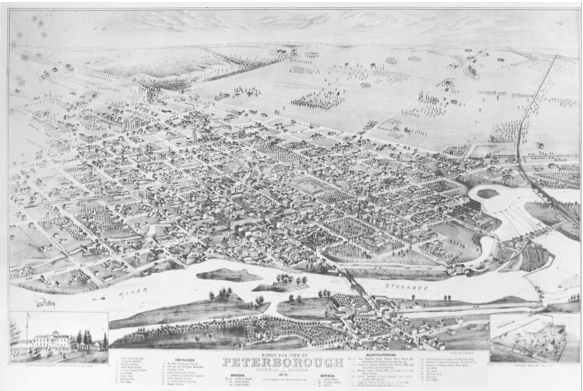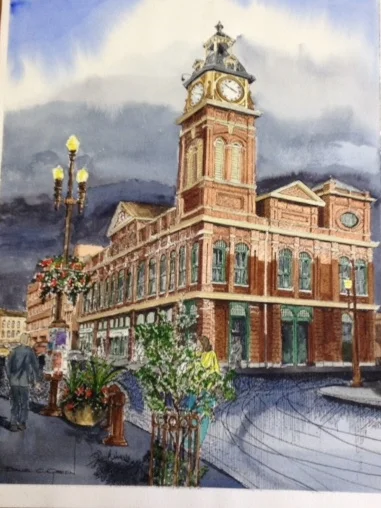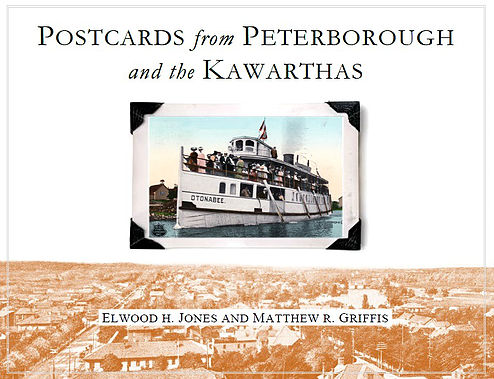Peterborough's iconic Market Hall has a rich history dating all the way back to its origin as a smaller market in 1851 on Water Street.
Selections and text by local historian Elwood H. Jones, who is an archivist with Trent Valley Archives.
PtboCanada
Upcoming Events
sponsored by
Featured
PTBOCANADA is a website about Peterborough, Ontario, Canada. Copyright ©2010-2022, PTBOCANADA Media Inc. All rights reserved.





























